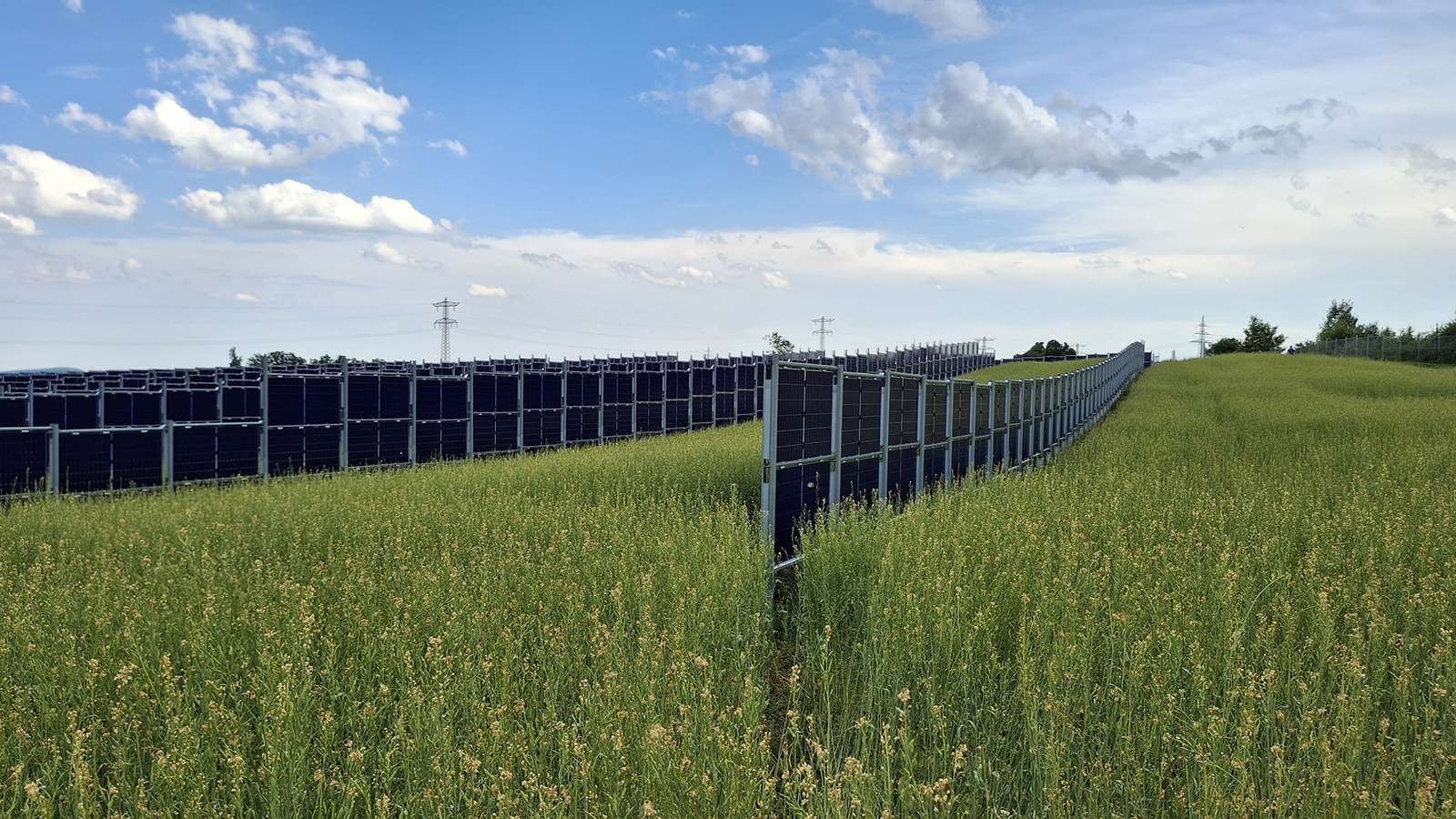At first glance, one might think that solar panels cannot be installed on farmland without significantly impacting agricultural production. However, this is precisely the idea behind the Agri-PV method (also known as Agrivoltaics, Agriphotovoltaics or APV), and panels can also be beneficial for plants and grazing animals. Especially in more densely populated areas, where renewable energy and food production compete for the same land, Agri-PV is seen as an opportunity to improve land use efficiency, protect biodiversity, and contribute to adaptation to climate change and its extreme phenomena.

In Agri-PV, solar panels are installed on top of or alongside crops so that farming can continue using traditional methods without significantly affecting crop yields. In practice, Agri-PV installs up to 50% less panel power per land area compared to conventional cultivation preventing ground-mounted solar power plant, meaning that the panels do not cast too much shade and allow for almost normal cultivation in terms of space utilization. Similarly, panels placed in sheep or cow pastures are Agri-PV systems if their placement and cabling take grazing animals into account by raising the panels high enough for the animals to move under them without difficulty, thus enabling dual use. The panels provide shade and protection from the heat for the animals, while the grazing animals keep the vegetation that shades the panels short by eating it. Customized, highly light-transmitting panels integrated into greenhouses, for example as roof or wall materials, are also Agri-PV.
When it comes to open fields solutions, there are various types of systems to choose from, where the panels can, for example, be placed on racks above the crops so that the farm's agricultural machinery or grazing animals can move almost freely underneath them, or the panels can be placed on racks between the crops, e.g. at intervals of approximately 10 m so that agricultural machinery can be driven between them. Vertical fence-like systems installed in a fixed north-south direction make effective use of bifacial panels, which generate electricity on both sides of the panel, facing east and west (see picture). The panel system can also be turnable, allowing it to be controlled using different strategies. For example, it is possible to periodically aim for maximum solar power output (tracking) while, of course, also providing maximum shade for the crops, or the panels can be turned to minimize shade (anti-tracking). Turnable panels can also be moved to a suitable position as needed, taking into account, for example, current agricultural work, weather protection for plants, or better storm resistance.
Potential benefits for farming and crops include reduced evaporation and savings in irrigation water during hot periods, as well as protection from strong winds, heavy rain, and hailstorms provided by the panels. Depending on the type, rainwater collection can also be integrated into the systems. The advantages and disadvantages of Agri-PV systems depend largely on weather conditions during the growing season, as well as the crops grown and their needs.
The BIOVAHVA project, led by WANDER, is investigating the potential of Agri-PV in Satakunta region as one measure and part of a larger bioeconomy project. One aim is to use planned farm pilots to find out what an Agri-PV system could mean for a farm in practice.
Further information:
Teemu Heikkinen
teemu.heikkinen@samk.fi

